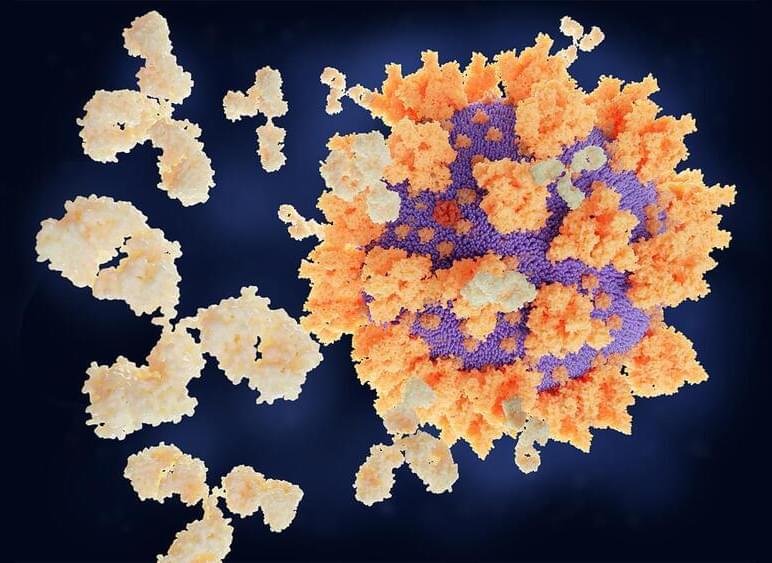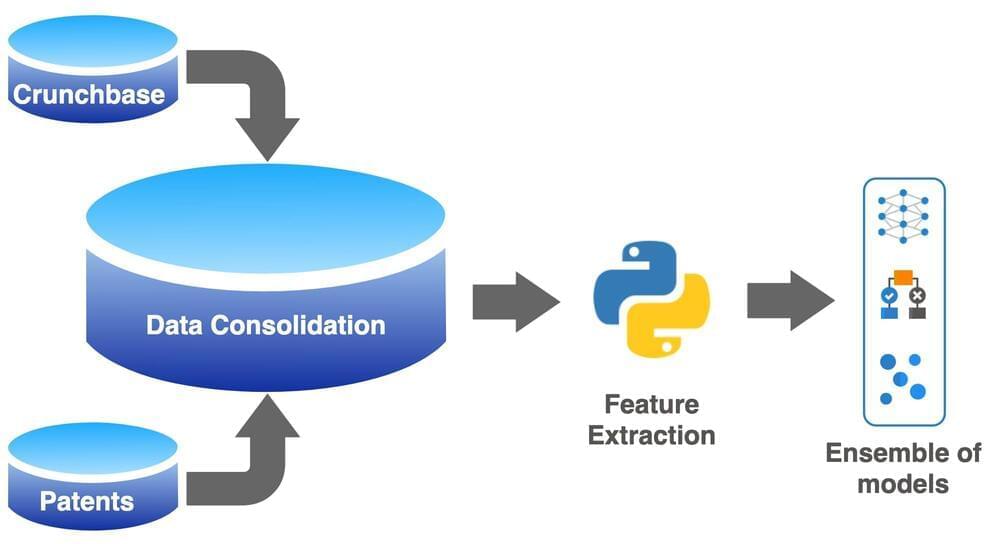Rocket Lab signed a five-launch contract with European satellite data company Kinéis. The deal adds to the space company’s backlog.
German launch startup Isar Aerospace has signed a contract with OroraTech to launch the company’s wildfire-monitoring cubesat constellation.
JOHANNESBURG — German launch startup Isar Aerospace has signed a contract with OroraTech to launch the company’s wildfire monitoring cubesat constellation.
Isar Aerospace is developing its two-stage Spectrum rocket to launch payloads of up to 700 kilograms to sun-synchronous orbit. The maiden flight of Spectrum is currently slated for the second half of 2022.
Under the contract announced Sept. 7 Isar Aerospace will conduct multiple Spectrum launches to deploy more than 10 OroraTech cubesats into sun-synchronous orbit between 2022 and 2026. OroraTech will also retain the option for additional flights to launch its full constellation of several hundred cubesats aboard Spectrum missions.
A newly discovered antibody was able to neutralize not only all strains of COVID-19, but other coronaviruses known to cause respiratory infections in humans — a potential silver bullet for a whole class of deadly, flu-like viruses.
Mutant viruses: As viruses spread, they undergo tiny genetic mutations, and when we find a unique version of the virus, we call it a new strain.
Occasionally, new strains appear that can spread more easily, evade the immune system, or cause more severe disease.
SpaceX’s under-development rocket is set to soar, and a new render shows how the ship will look with the booster attached.
Impossible Foods Inc.’s new faux-chicken nuggets go on sale at about 150 restaurants Tuesday, with a grocery rollout set to follow later this month, as food companies jockey for the new segment of the imitation-meat market.
Restaurants serving the nuggets include David Chang’s Fuku in New York City and Tal Ronnen’s Crossroads Kitchen in Los Angeles. They will also be available at regional chains such as Fatburger and some Dog Haus locations this week. By the end of the month, supermarkets including Walmart, Kroger, Albertsons and Safeway will sell the nuggets. More than 10,000 grocery stores will offer them by the end of the year, according to a statement from Impossible Foods.
The plant-based poultry product marks the company’s entry into the increasingly crowded category.
Tesla’s insane laser windshield wiper patent has been officially granted by the United States Patent Office this week. Filed in May 2,019 the U.S. Patent Office granted the application, giving Tesla an exclusive right for the invention.
Tesla has played around with several ideas for windshield wipers in the past. In fact, in February, the company had a patent approved for a new wiper design for the Roadster, which would utilize an electromagnetic linear actuator to rid the windshield of moisture. It would essentially move from one side of the windshield to the other with one wiper in one motion.
Tesla Roadster’s revolutionary wiper design secures U.S. Patent approval
It was a moment three years in the making, based on intensive research and design work: On Sept. 5 for the first time, a large high-temperature superconducting electromagnet was ramped up to a field strength of 20 tesla, the most powerful magnetic field of its kind ever created on Earth. That successful demonstration helps resolve the greatest uncertainty in the quest to build the world’s first fusion power plant that can produce more power than it consumes, according to the project’s leaders at MIT and startup company Commonwealth Fusion Systems (CFS).
That advance paves the way, they say, for the long-sought creation of practical, inexpensive, carbon-free power plants that could make a major contribution to limiting the effects of global climate change.
“Fusion in a lot of ways is the ultimate clean energy source,” says Maria Zuber, MIT’s vice president for research and E. A. Griswold Professor of Geophysics. “The amount of power that is available is really game-changing.” The fuel used to create fusion energy comes from water, and “the Earth is full of water—it’s a nearly unlimited resource. We just have to figure out how to utilize it.”
The Falcon 9 rocket booster, which made its way to to the launch facilities, has also been flown twice already.
But instead of a docking module built into the nosecone of the Crew Dragon, the spacecraft will be outfitted with a massive glass dome that will give its occupants an incredible view of the Earth below.
It’s a momentous occasion for the space company. If successful, SpaceX could prove once and for all that spaceflight is indeed possible — even without decades of training.
A study in which machine-learning models were trained to assess over 1 million companies has shown that artificial intelligence (AI) can accurately determine whether a startup firm will fail or become successful. The outcome is a tool, Venhound, that has the potential to help investors identify the next unicorn.
It is well known that around 90% of startups are unsuccessful: Between 10% and 22% fail within their first year, and this presents a significant risk to venture capitalists and other investors in early-stage companies. In a bid to identify which companies are more likely to succeed, researchers have developed machine-learning models trained on the historical performance of over 1 million companies. Their results, published in KeAi’s The Journal of Finance and Data Science, show that these models can predict the outcome of a company with up to 90% accuracy. This means that potentially 9 out of 10 companies are correctly assessed.
“This research shows how ensembles of non-linear machine-learning models applied to big data have huge potential to map large feature sets to business outcomes, something that is unachievable with traditional linear regression models,” explains co-author Sanjiv Das, Professor of Finance and Data Science at Santa Clara University’s Leavey School of Business in the US.
Isaac Nape, an emerging South African talent in the study of quantum optics, is part of a crack team of Wits physicists who led an international study that revealed the hidden structures of quantum entangled states. The study was published in the renowned scientific journal, Nature Communications, on Friday, 27 August 2021.
Nape is pursuing his Ph.D. at Wits University and focuses on harnessing structured patterns of light for high dimensional information encoding and decoding for use in quantum communication.
Earlier this year he scooped up two awards at the South African Institute of Physics (SAIP) conference to add to his growing collection of accolades in the field of optics and photonics. He won the award for “Best Ph.D. oral presentation in applied physics,” and jointly won the award for “Best Ph.D. oral presentation in photonics.”









